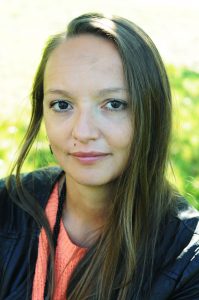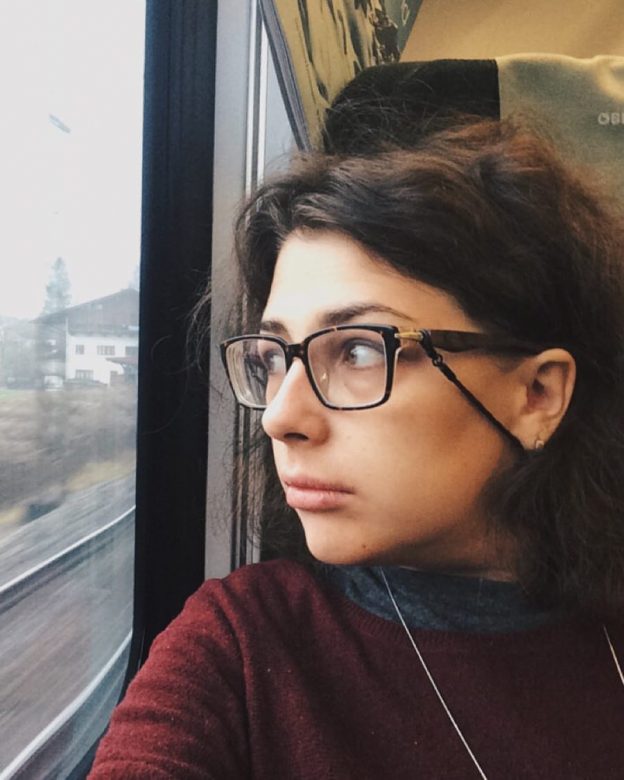by Janne Suutarinen & Olga Dovbysh
Ekaterina Kalinina, PhD, is a lecturer at Södertörn University, Department of Media and Communication. Kalinina has recently been studying the protection of cultural heritage sites in Russia and more specifically the use of social media for the promotion of heritage protection activities. She has analysed how the highly popular photo-sharing application Instagram has proven to be handy in raising awareness about the alarming state of historical buildings across the country. In 2018-2019 Ekaterina was Visiting fellow in the Aleksanteri Visiting Fellows Programme.
 Kalinina has been analysing Instagram accounts of a community of citizen historians, individual activists and non-profit organisations working towards preserving cultural heritage sites in Russia.
Kalinina has been analysing Instagram accounts of a community of citizen historians, individual activists and non-profit organisations working towards preserving cultural heritage sites in Russia.
What kind of platform does Instagram provide for activism?
There has been lots of research done on activism on Facebook, Twitter and Vkontakte, but currently not so much on Instagram as a tool for civic engagement. While, it is actually a very interesting tool to be used for activism, because it is so much focused on image culture and allows for sharing visuals within a community as well as across communities of users. Captions, hashtags and links help to spread messages and increase visibility.

